Of clutter in architecture
The ambiguous notion of patrimony first came as an interest of mine. Patrimony, which takes roots in the French world patrimoine, could be decomposed into patrie (late Latin patriota «countryman»), and moine (monk): it refers to both identity of a nation and religion. Obviously, not as literal: the notion of patrimony introduces arborescence - it is at first a heritage. It was born during the French Revolution: at the very moment of demolition and destruction we wonder how to preserve! Accumulation, coagulated histories, activities, particles on the walls : blood clot. The analogy between architecture and the body is not new. Nevertheless, we wonder : how can we operate on our contemporary clutter ? What does it mean to restore or preserve nowadays? First of all, we need to clarify what are the different theories of restoration, in different parts of the significant Europe (regarding to cultural heritage): France, United Kingdom and Italy. Across Herzog & de Meuron’s work, we will see different contemporary approaches towards clutter. One the one hand, as a palimpsest and history covering up layer after layer, and the architects unveiling surfaces through a meticulous work. On other other hand, a radical approach, closer to a surgical approach of treating a diseased part of the body: ablation, amputation, lobotomy…
Type Mémoire de licence
Format A5, 85 pages
Année Avril 2013
Format A5, 85 pages
Année Avril 2013
Bachelor 3 - Semestre 2
Sous la dir. de Eva Sopeoglou
Central Saint Martins School of Art & Design
Sous la dir. de Eva Sopeoglou
Central Saint Martins School of Art & Design
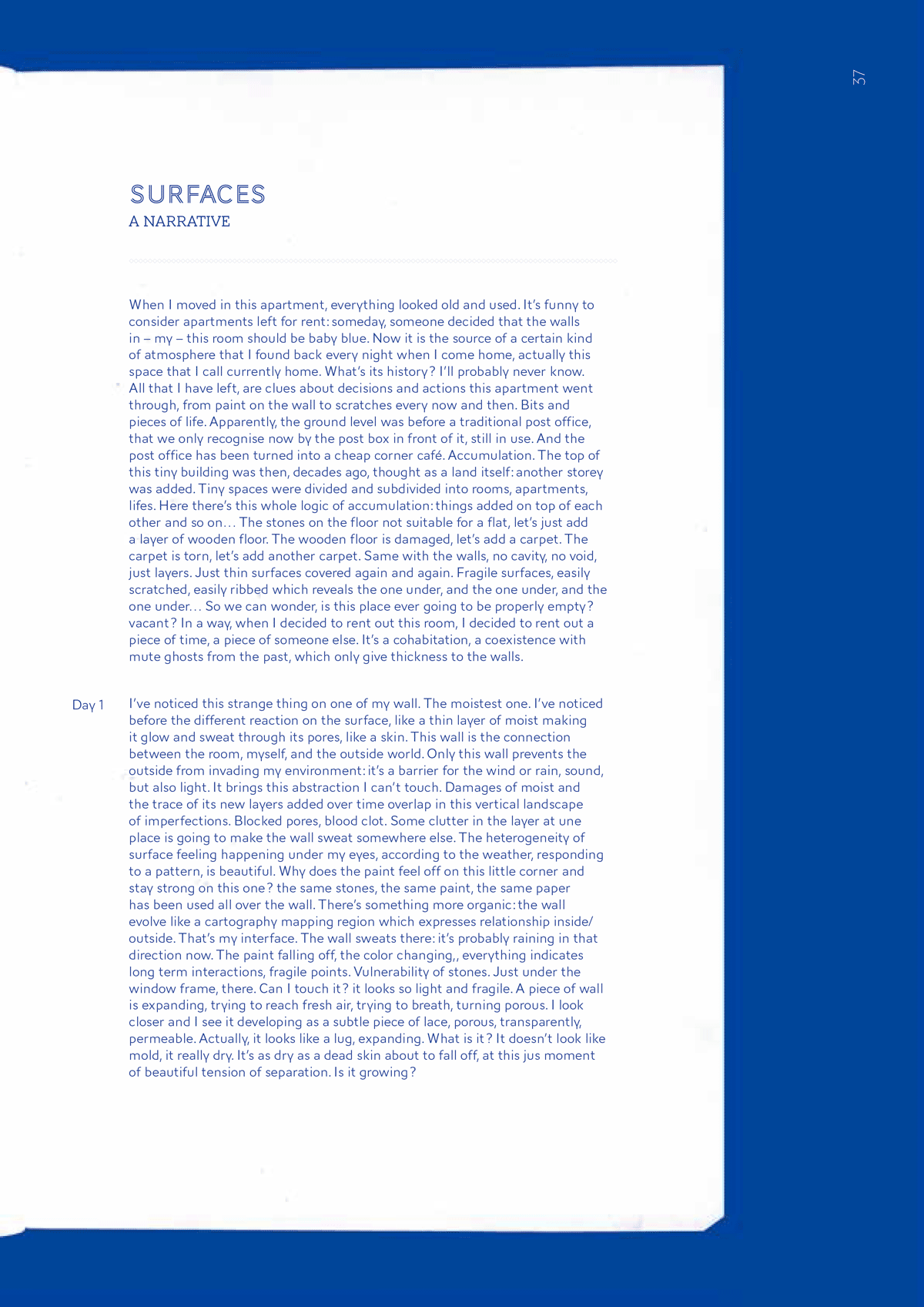
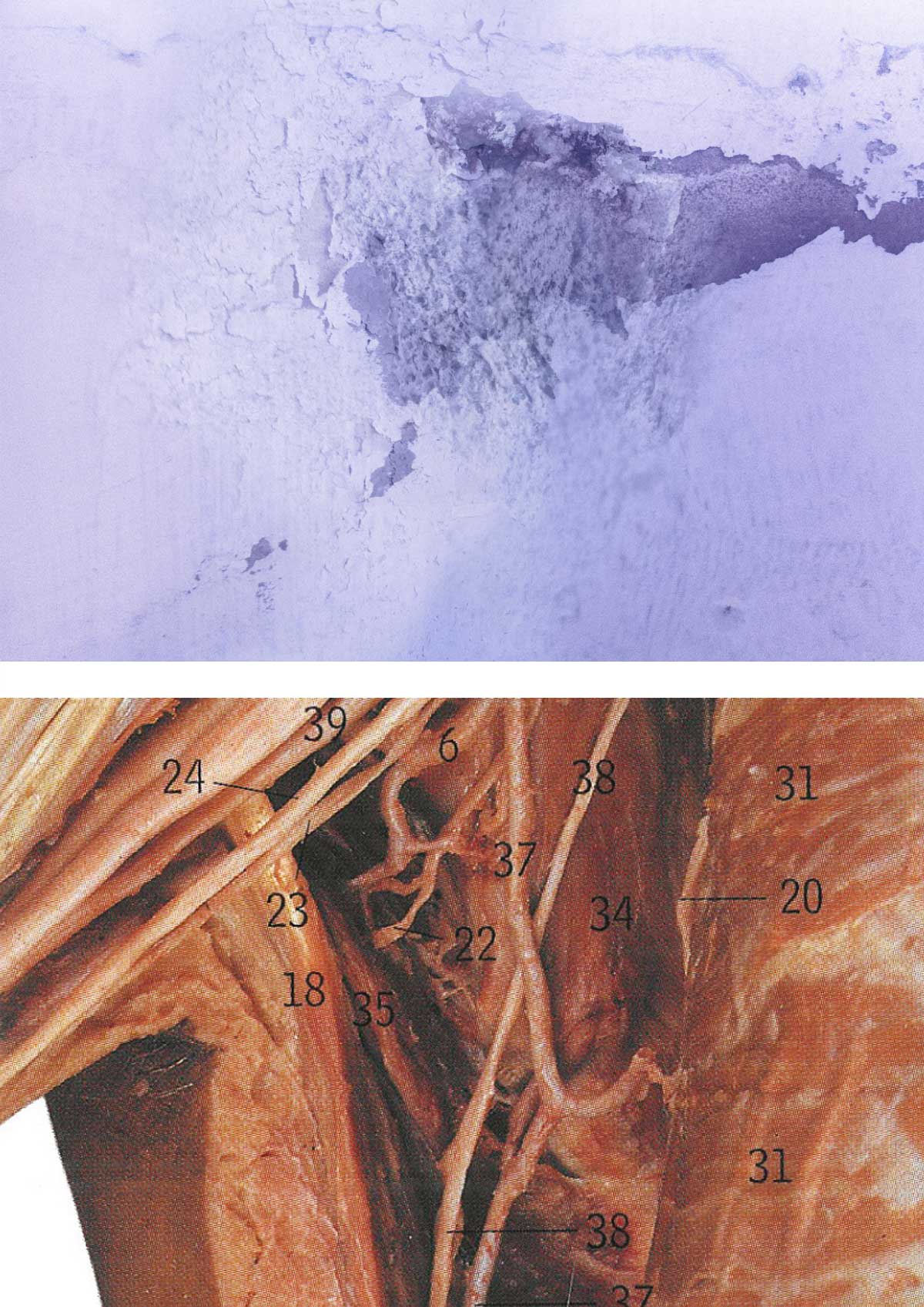
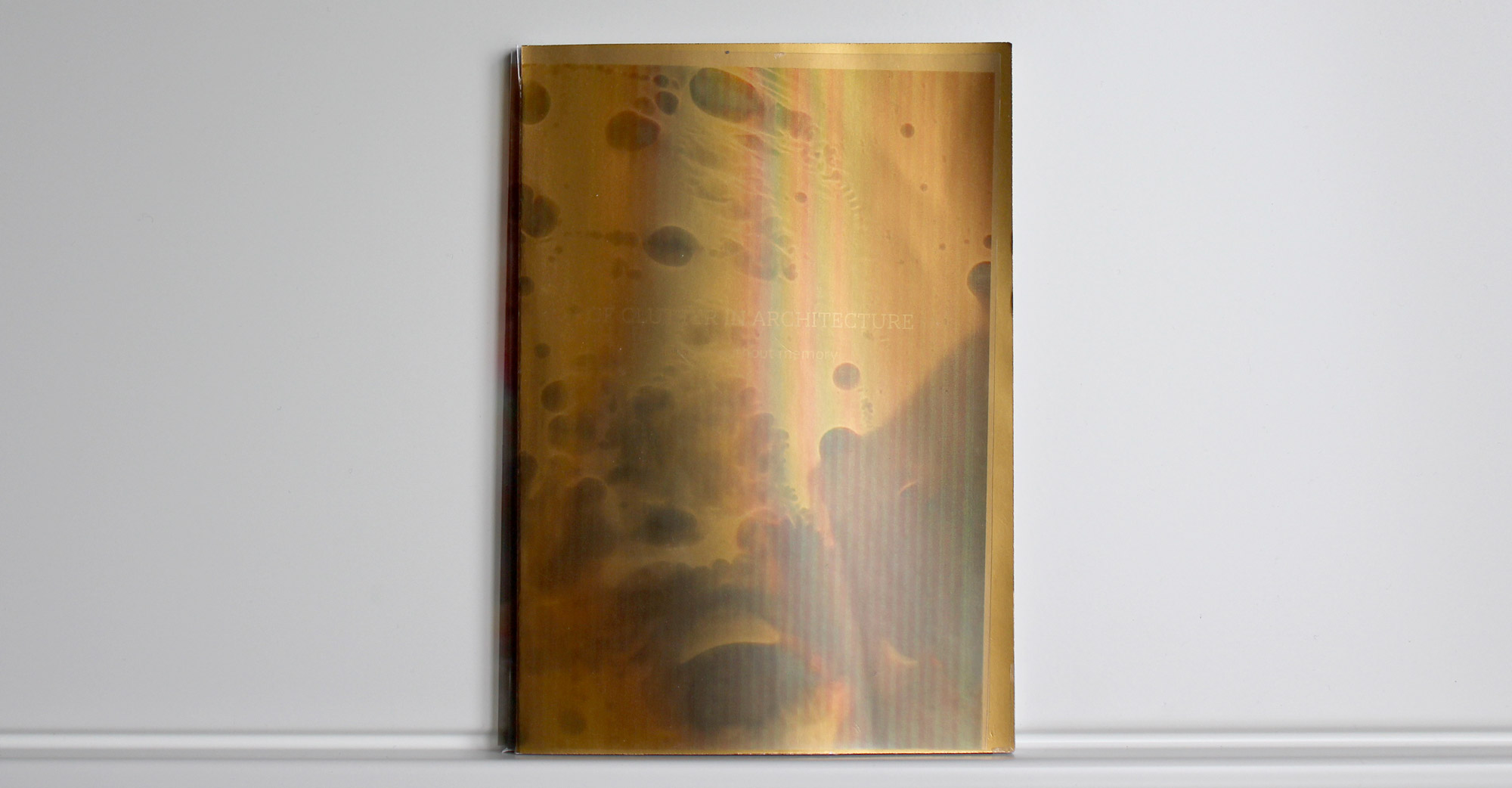
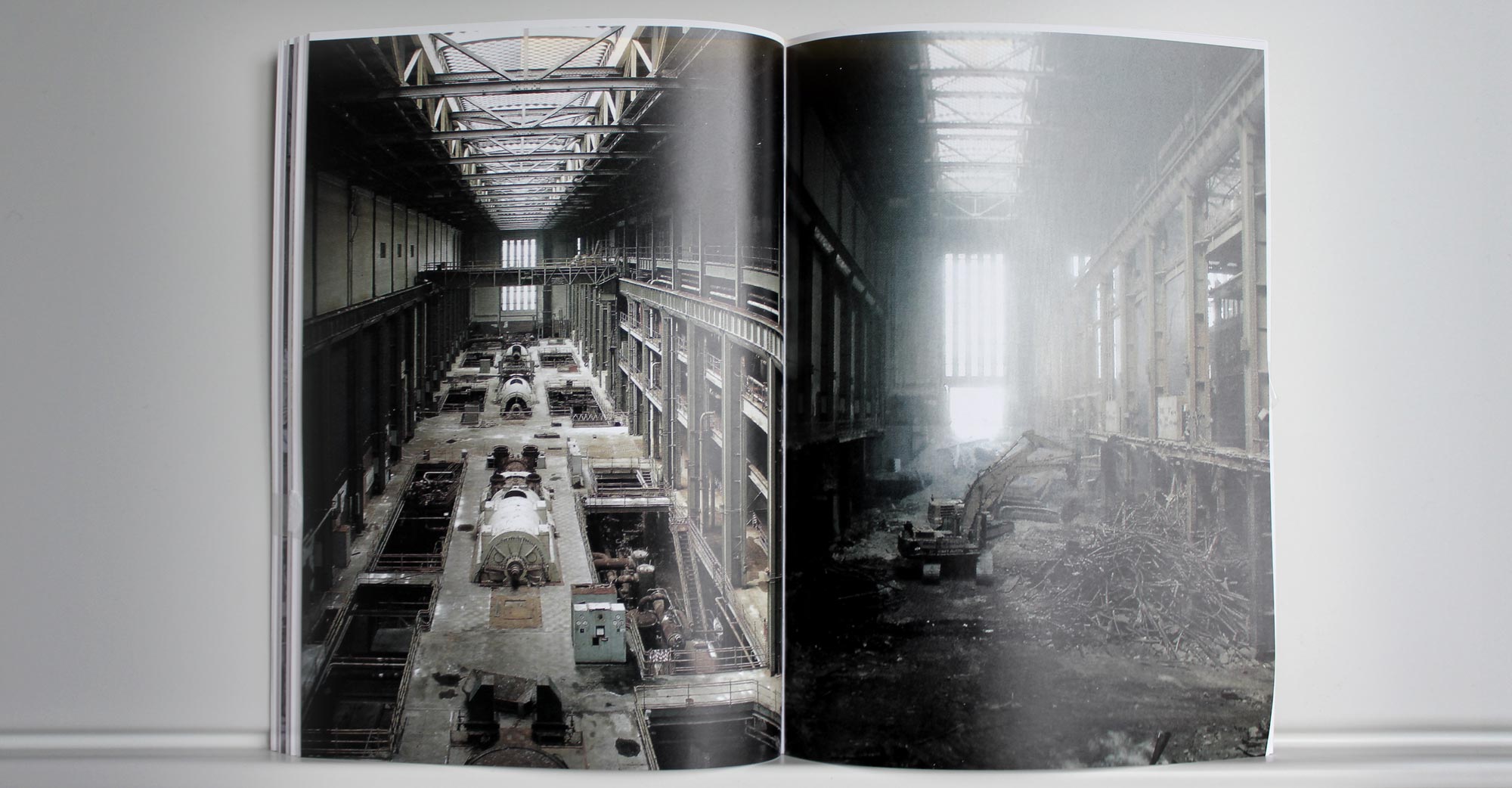
Ablation – Étude de cas de la Tate Modern
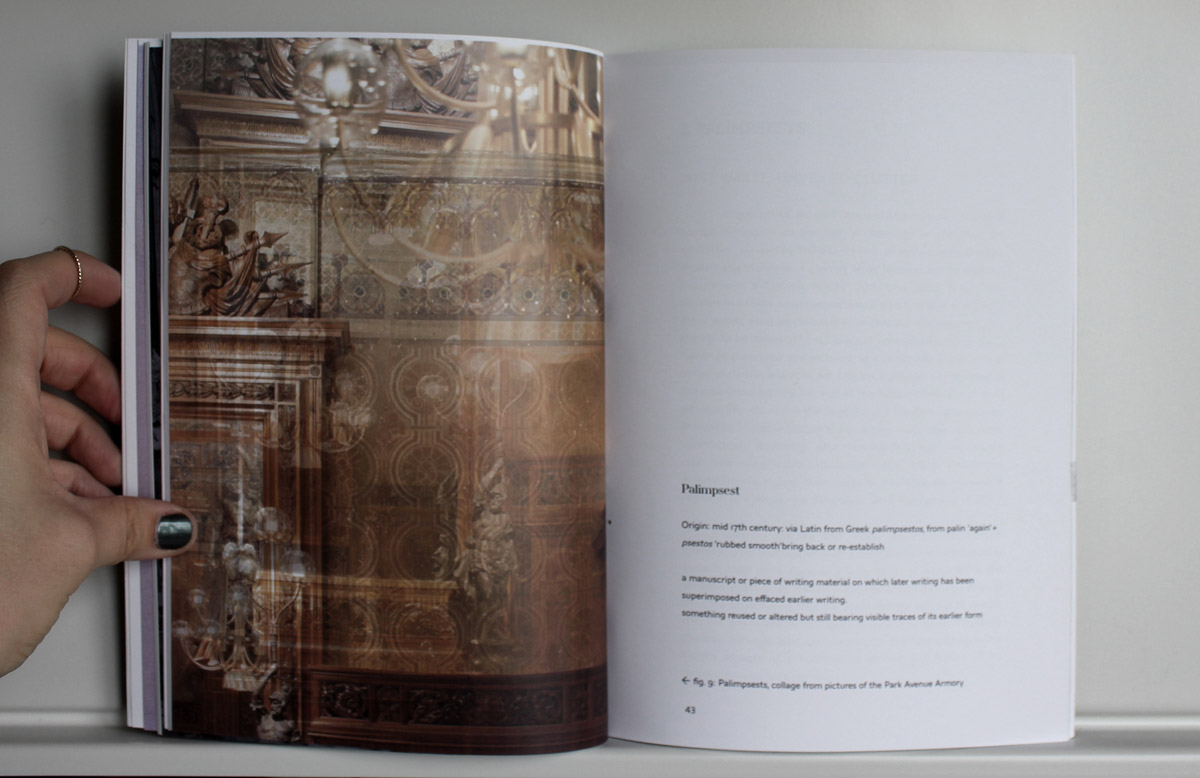
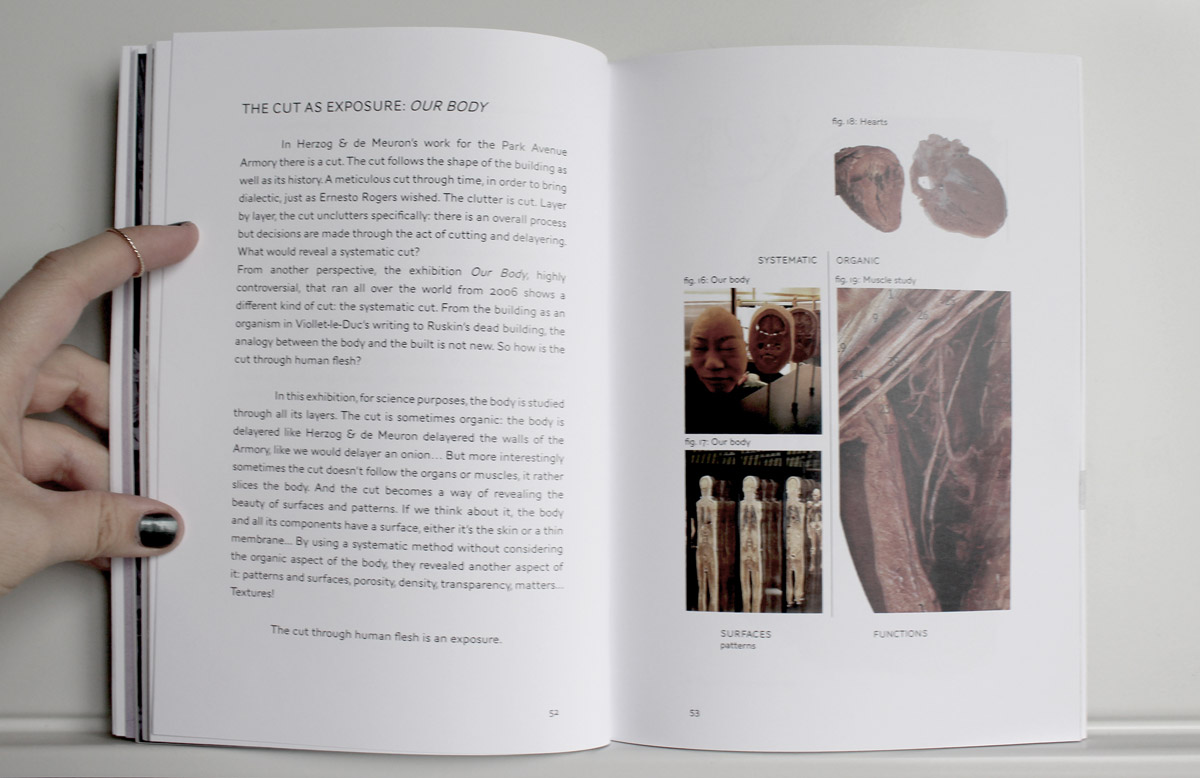
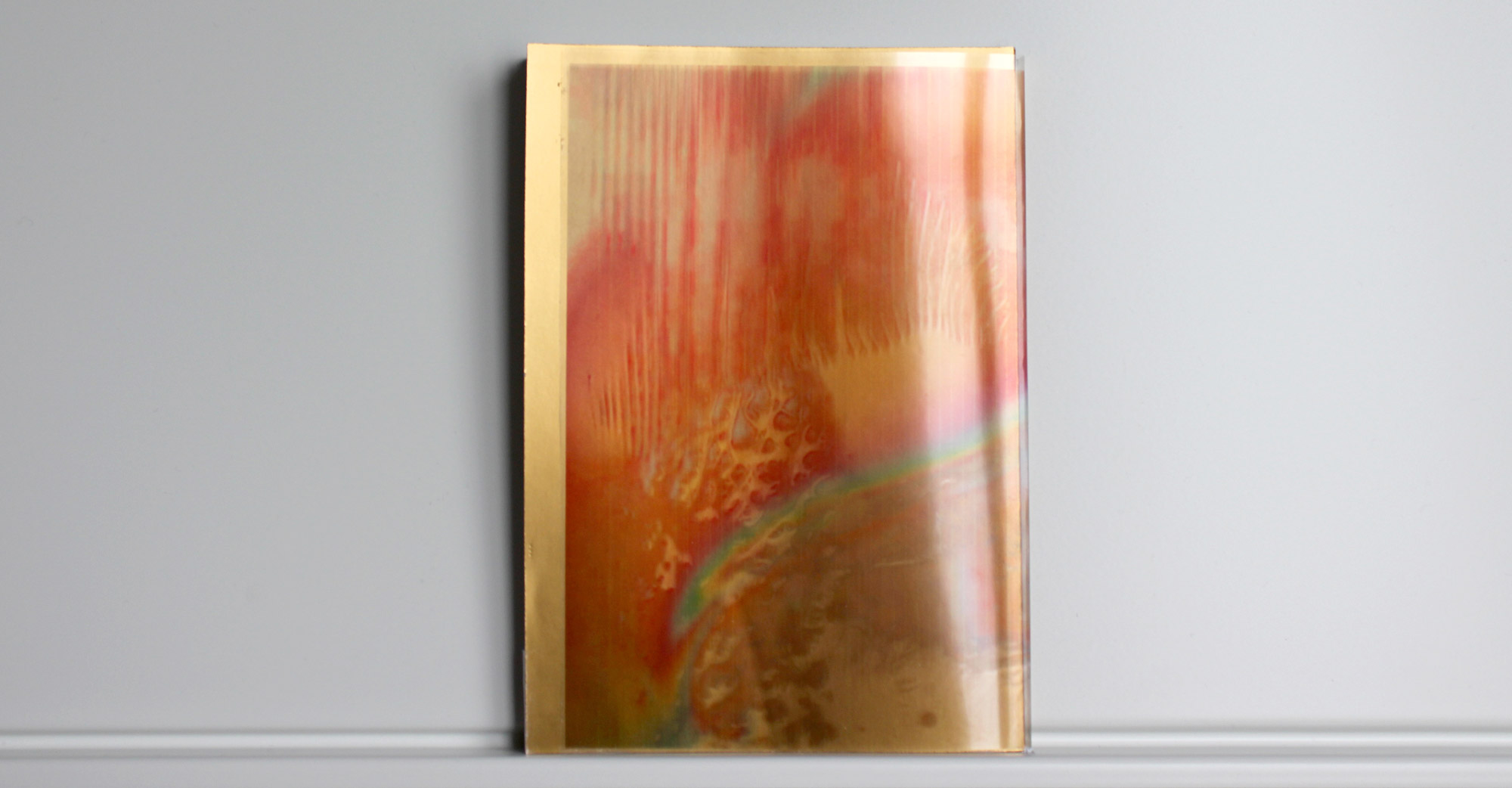
Where did the blood go ? The surgeon is a figure of horror and so is the architect when he is in charge of a body: the existing building, the heritage. Would « operate on our contemporary clutter » mean to hide the bloody work, the nasty findings and pieces of history? Where does it stop, how far do we dig? The figure of palimpsest revels the beauty of mystery as well as surgery erases and ablates memory.